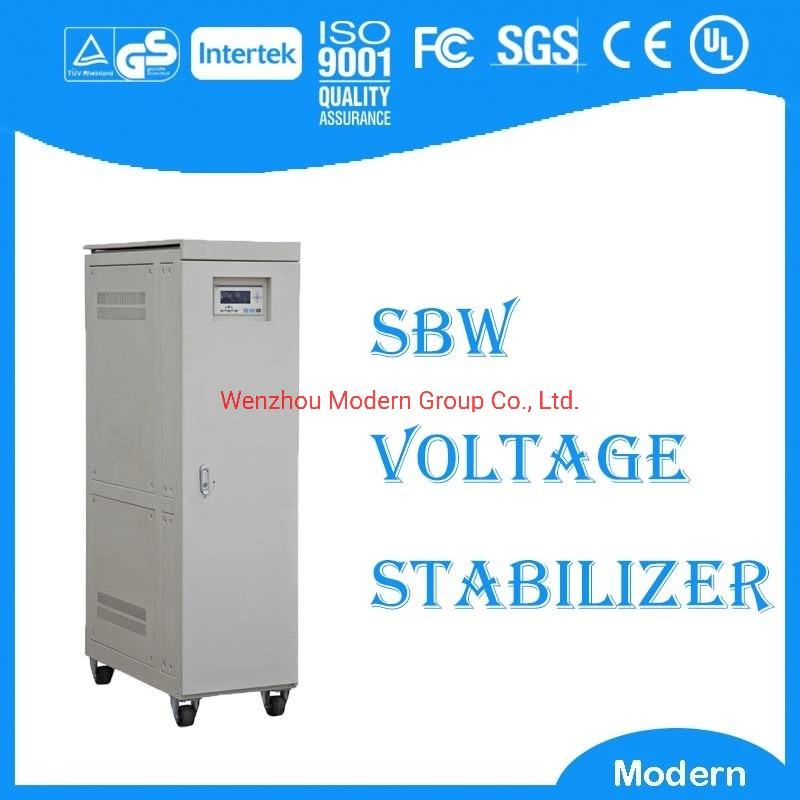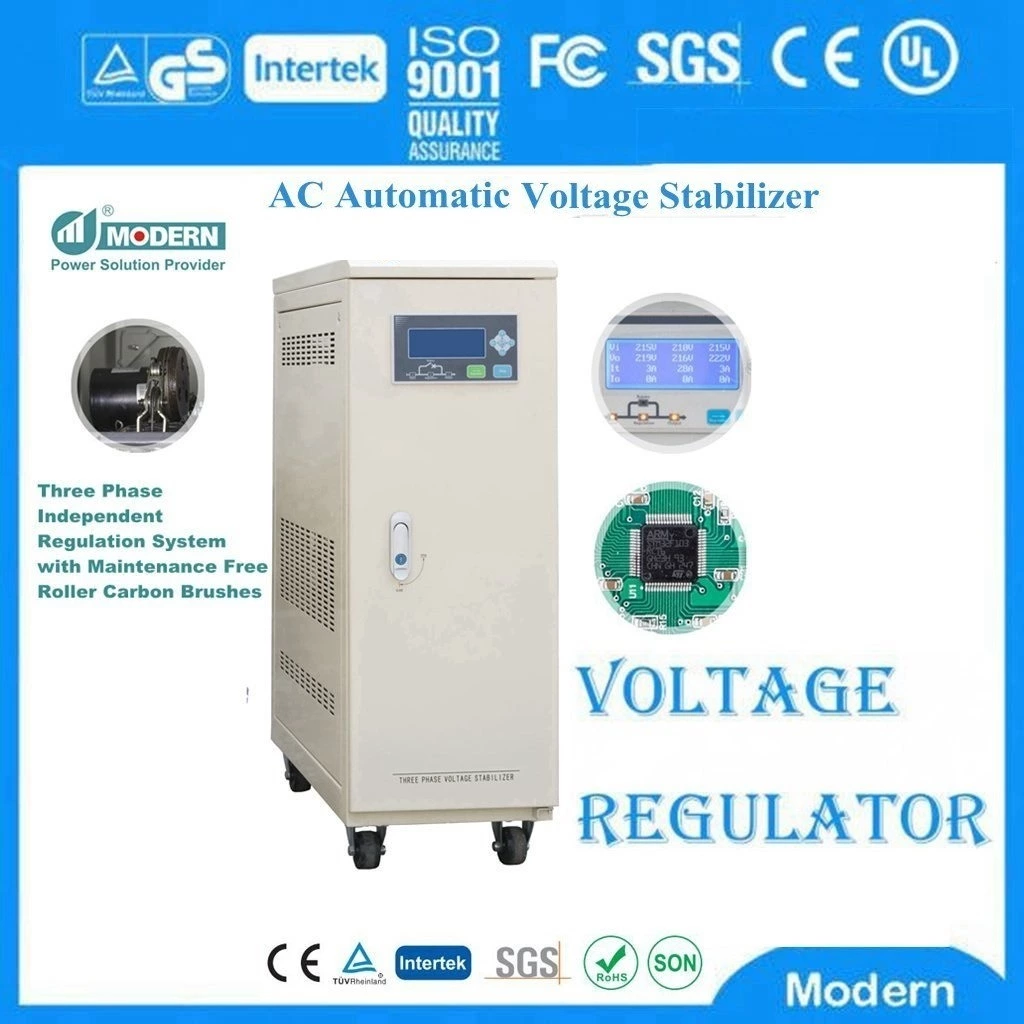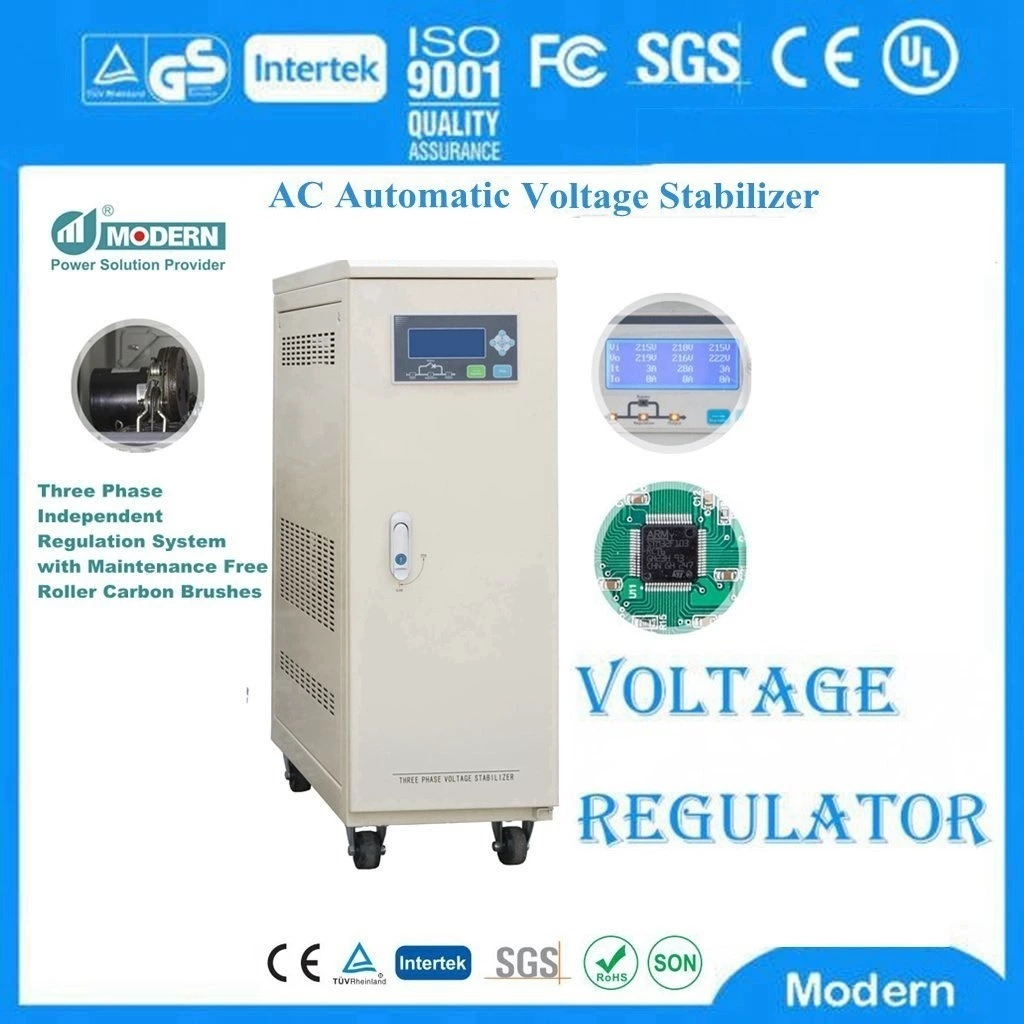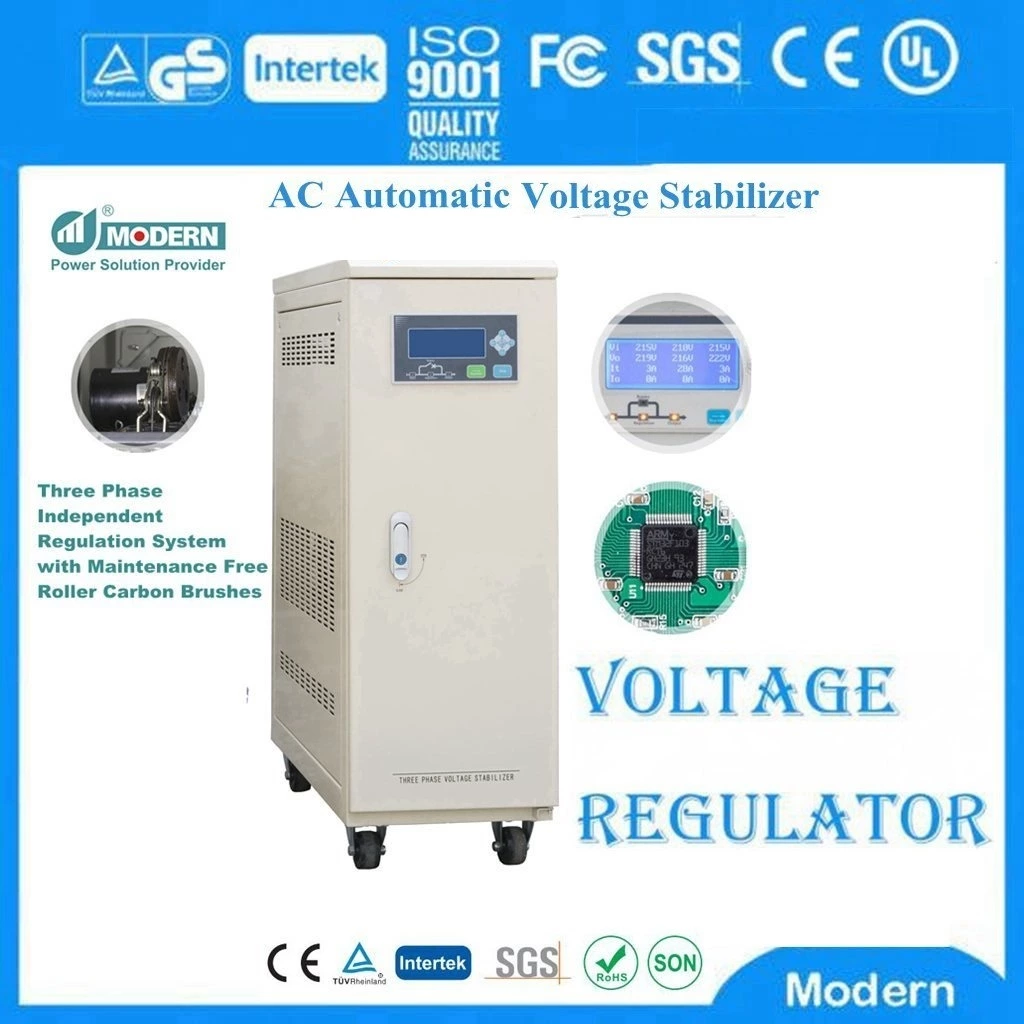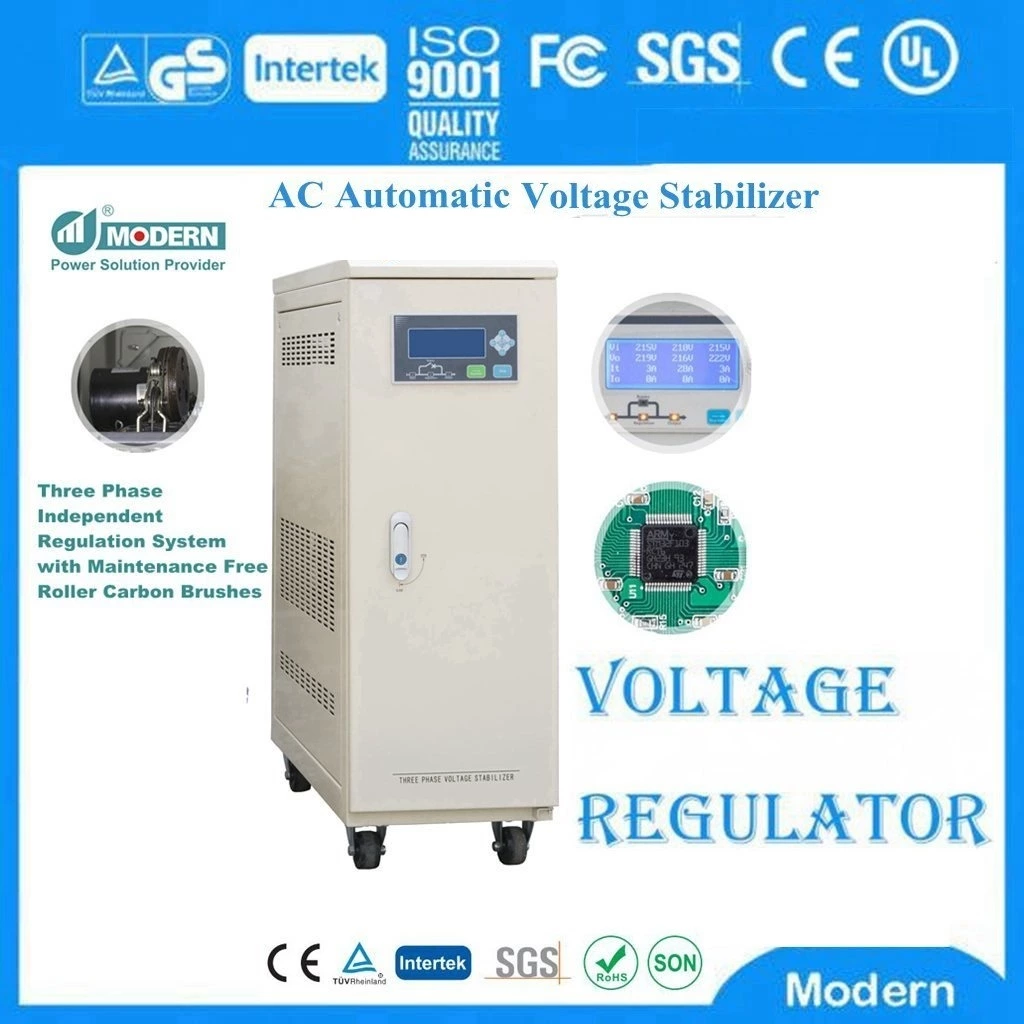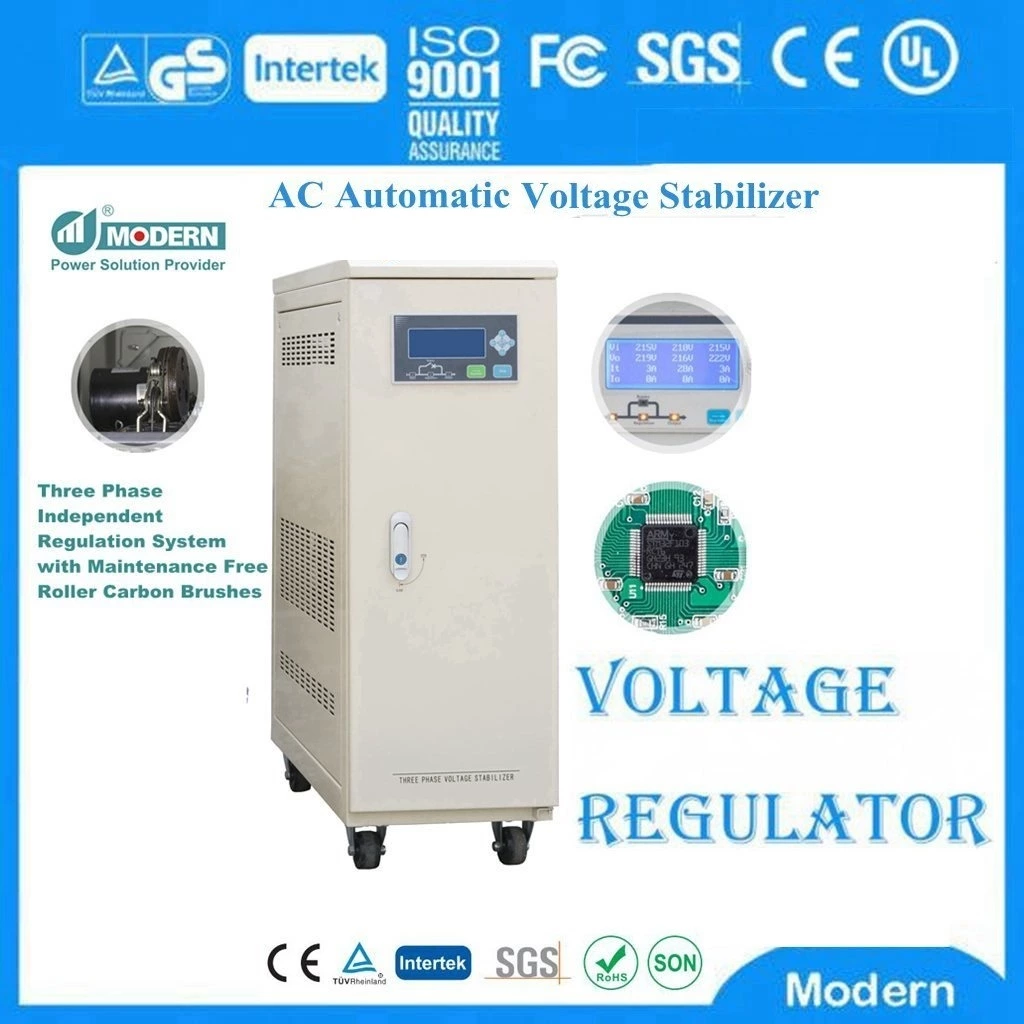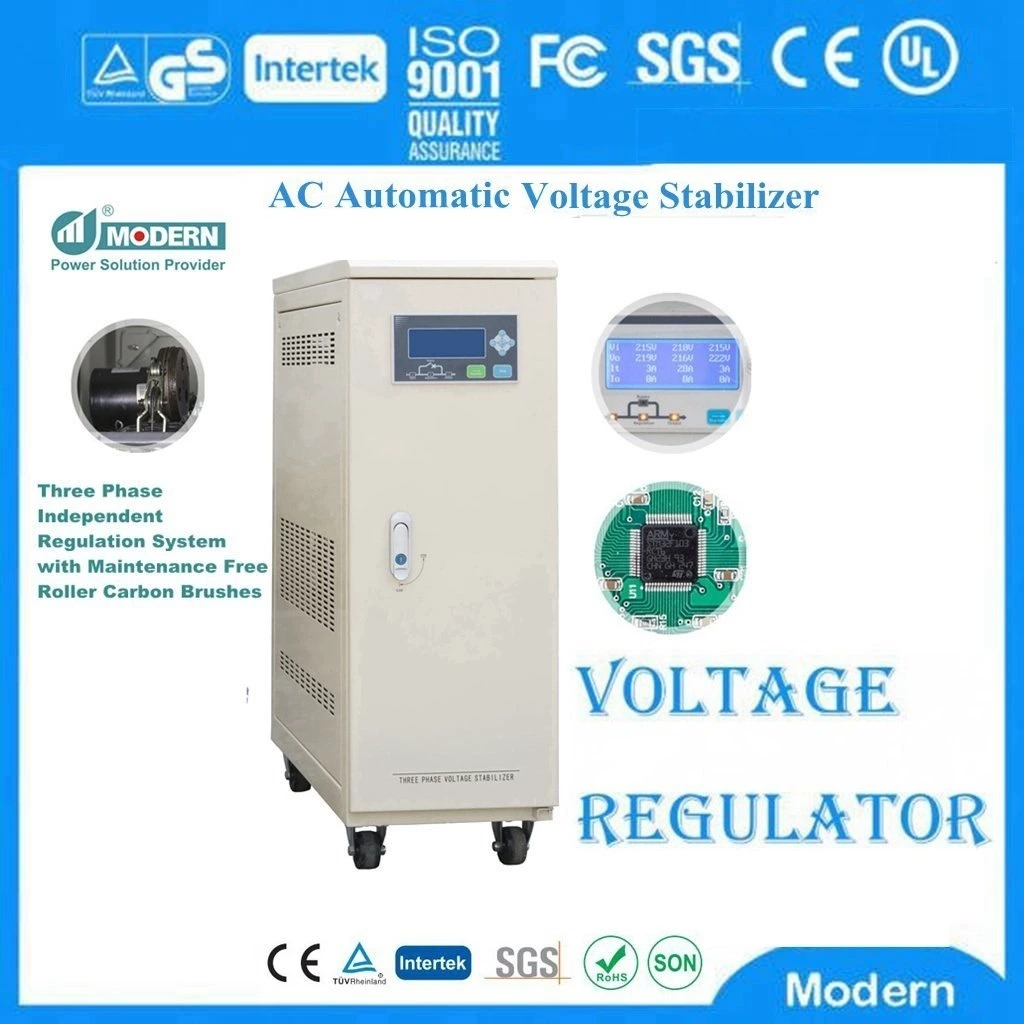Dynamic Voltage Regulator Power Supply Solution And Working Principle
Static Voltage Stabilizer-Power supply solution Generally, there are two situations when the power grid voltage has problems
A) The AC voltage is unstable, fluctuating up and down, and fluctuating continuously.
B) The AC voltage is continuously low or high for a long time. Both of these situations are not conducive to the normal operation of electrical equipment, and serious electrical equipment may burn out.
There are generally three reasons for power supply voltage problems
1) There is a problem with the voltage stabilization device of the power plant generator, resulting in output voltage problems. This type is generally a small hydropower station.
2) There are problems with the performance of the power transformer in the substation or distribution station, especially those that are seriously dilapidated and aged.
3) The total power consumption in the area greatly exceeds the power supply load, causing the power supply voltage to continue to be low. In severe cases, the power supply frequency may be low, causing the power grid to be paralyzed and cause large-scale power outages!
If the power grid has a long-term power supply voltage instability problem, you should choose a static voltage stabilizer to solve it.
The static voltage stabilizer is composed of a voltage regulating circuit, a control circuit, and a servo motor. When the input voltage or load changes, the control circuit samples, compares, and amplifies, and then drives the servo motor to rotate, so that the position of the voltage regulator carbon brush changes, and the output voltage is kept stable by automatically adjusting the coil turns ratio. Static voltage stabilizers with larger capacity also work on the principle of voltage compensation.
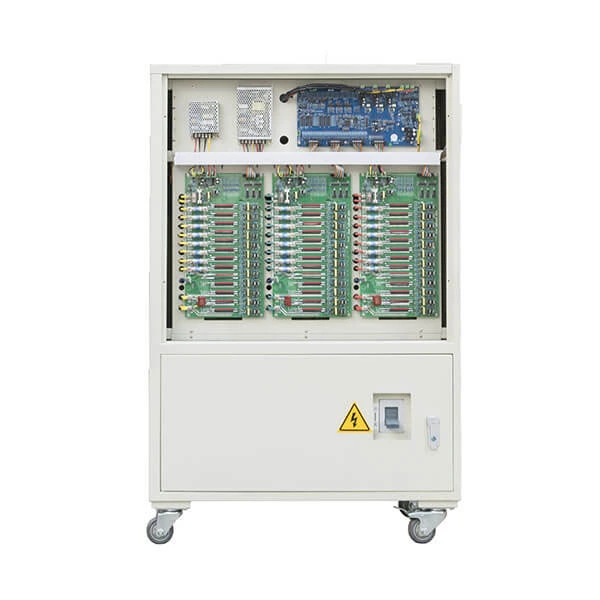
 Русский
Русский
 Français
Français
 Português
Português
 Español
Español
 اللغة العربية
اللغة العربية
